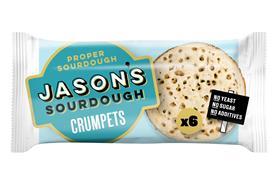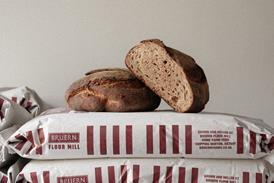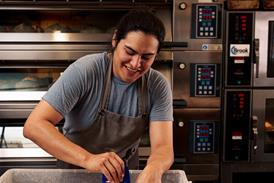Cheesey choc? Hunt for the perfect pairing

Sweet and savoury flavour combinations are nothing new, but some bakers are pushing the boat out in an attempt to offer something new and exciting.
To continue reading, register for free
You are what you read, registration is quick, easy and free. Just click register now and you’ll be finished faster than it takes you to butter a crumpet!
Don’t miss out:
- Unlimited access to content
- Regular newsletters to your inbox
- Save articles to read later on
- A more personalised experience
Already registered? Please log-in here


















